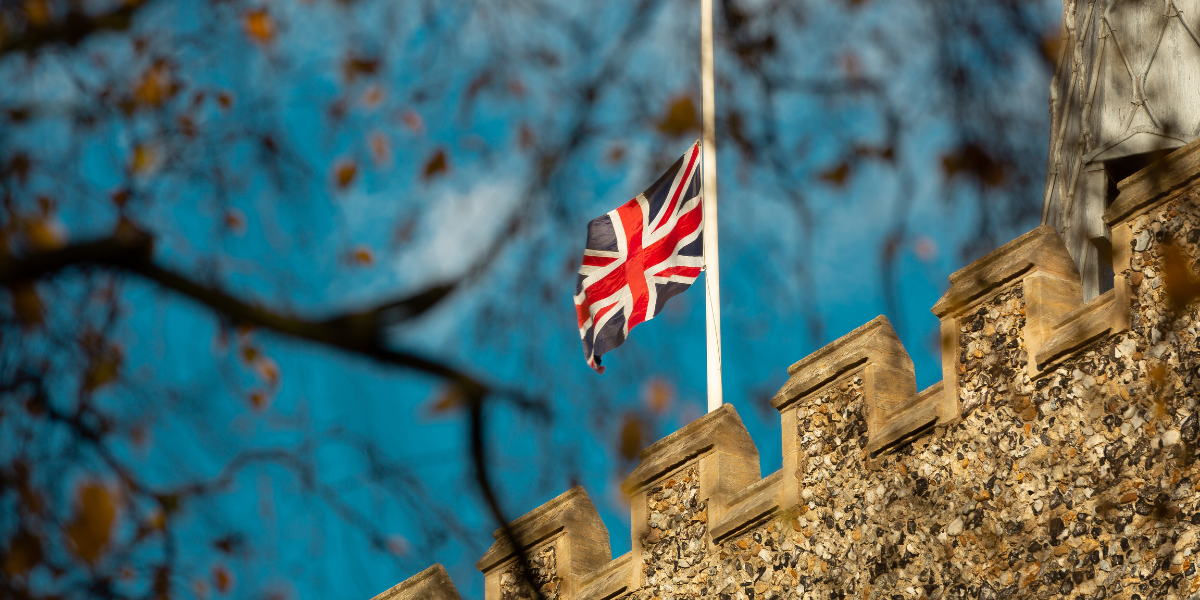Advertising; we all see it. Whether we are at home relaxing, sitting on the tube and even just on an evening out with your friends, the chances of seeing or hearing some kind of advertisement is more than likely. But now more and more businesses are using personalised advertising – and we want to decipher whether these tactics are clever or just downright creepy…
More and more businesses and social media websites want to personalise your advertising and know you better, by learning about everything you have or will have purchased. A few weeks ago I had recently visited ASOS when an advertisement for the online clothes retailer appeared on the feed on a separate website – an ad with exactly the same items I had either viewed or purchased. I was stunned to see this; I thought someone else had as much style as myself, then realised it was the clothes that I had purchased. This lead me to start a little research into personalised advertising.
How Tesco use personalised advertising
Tesco is one of the organisations that are currently introducing a ‘scanning shoppers for advertisers’ mode. The supermarket giant is expected to install hundreds of hi-tech screens that can scan the faces of queuing shoppers to detect their age and sex for advertisers. The store has signed a ground-breaking deal with Lord Alan Sugar’s Amscreen.
The ‘OptimEyes’ system will be introduced to 450 Tesco petrol forecourts, which serve millions of customers a week. I agree that this is very invasive and really unnecessary to those customers who do not want to be scanned for advertising. There could be a negative impact on Tesco from customers, who feel their privacy is being infiltrated, by leaving the large-chain and going to competitors who are not introducing this scan.
How does the system work?
An article written by the Telegraph explains, “It works by using inbuilt cameras in a TV-style screen above the till that identify whether a customer is male or female, estimate their age and judge how long they look at the ad… The “real time” data is fed back to advertisers to give them a better idea of the effectiveness of their campaigns and enable them to tailor ads to certain times of the day.”
Imagine your shopping, be it a weekly shop or an impulse purchase, being fed to advertisers and then back to you through the Internet. Would you feel uncomfortable knowing you are being ‘scanned’ to be fed information? Or do you think that it will prove an effective way to help customers, themselves, understand what they didn’t even know they needed? And even then, how reliable is this ‘age bracket detector’?
Simon Sugar, Lord Sugar’s son and Amscreen chief executive, said, “Yes it’s like something out of Minority Report, but this could change the face of British retail and our plans are to expand the screens into as many supermarkets as possible.”
He added, “We’re extremely excited to call Tesco a screen network partner.” He insisted that the OptimEyes technology does not store images or recognise people but simply uses face detection software to determine gender and sorts customers into one of the three age brackets.
The issue of confidentiality
Confidentiality is no doubt a worry with such a scanner; images being taken without consent from the customer is not good news, nor should it be tolerated. One party that will obviously benefit though is the advertisers. Imagine how easy it would be for them to make and push sales through? Salesmen could be cut out of the equation and the B2C model would be much more effective – that, of course, being that the customer is happy with being ‘stalked’ at the checkout.
By Content Contributor – Matthew Clifton – @mattcliffy25




